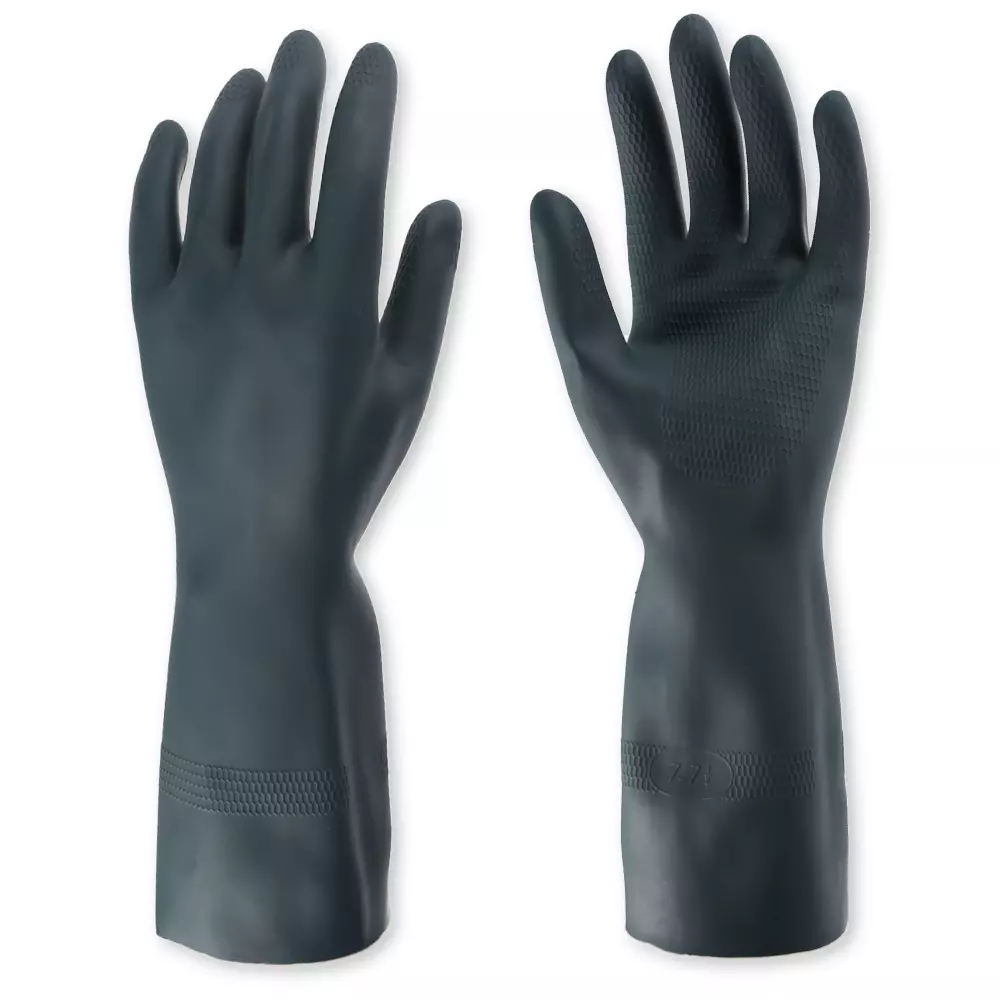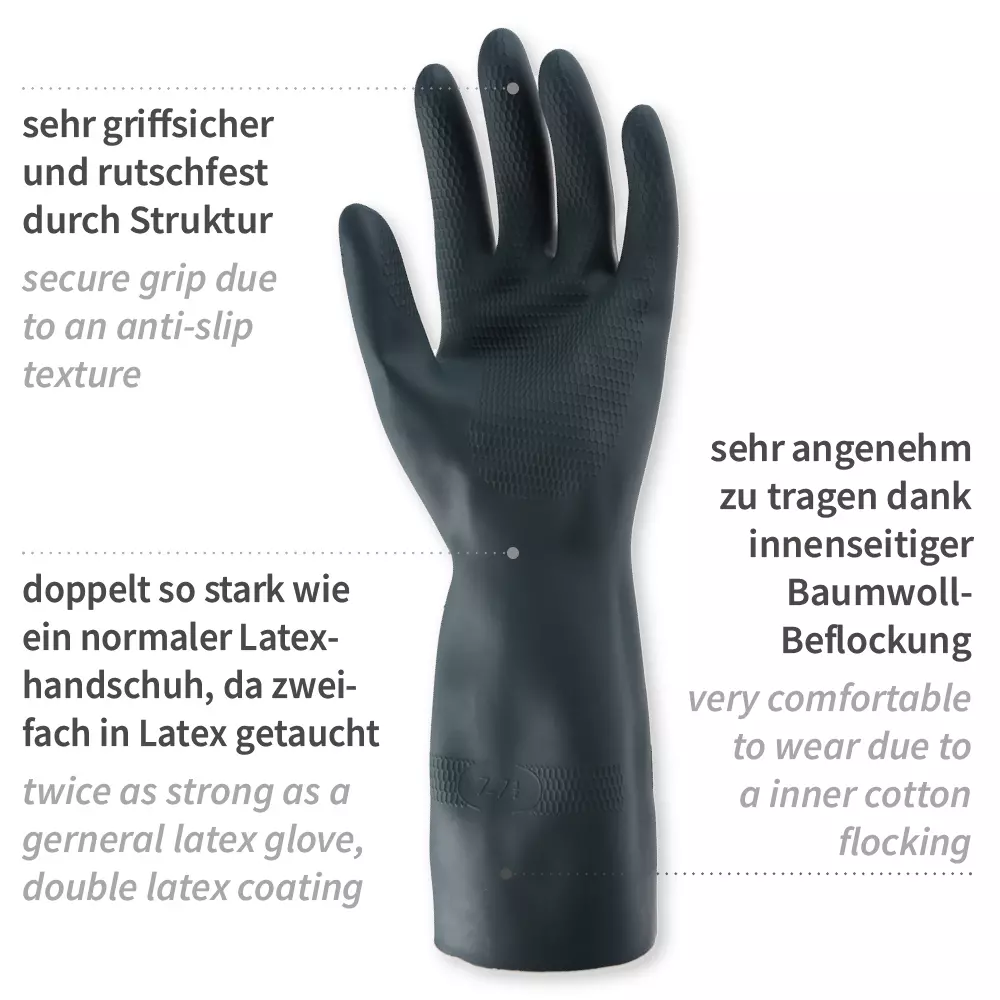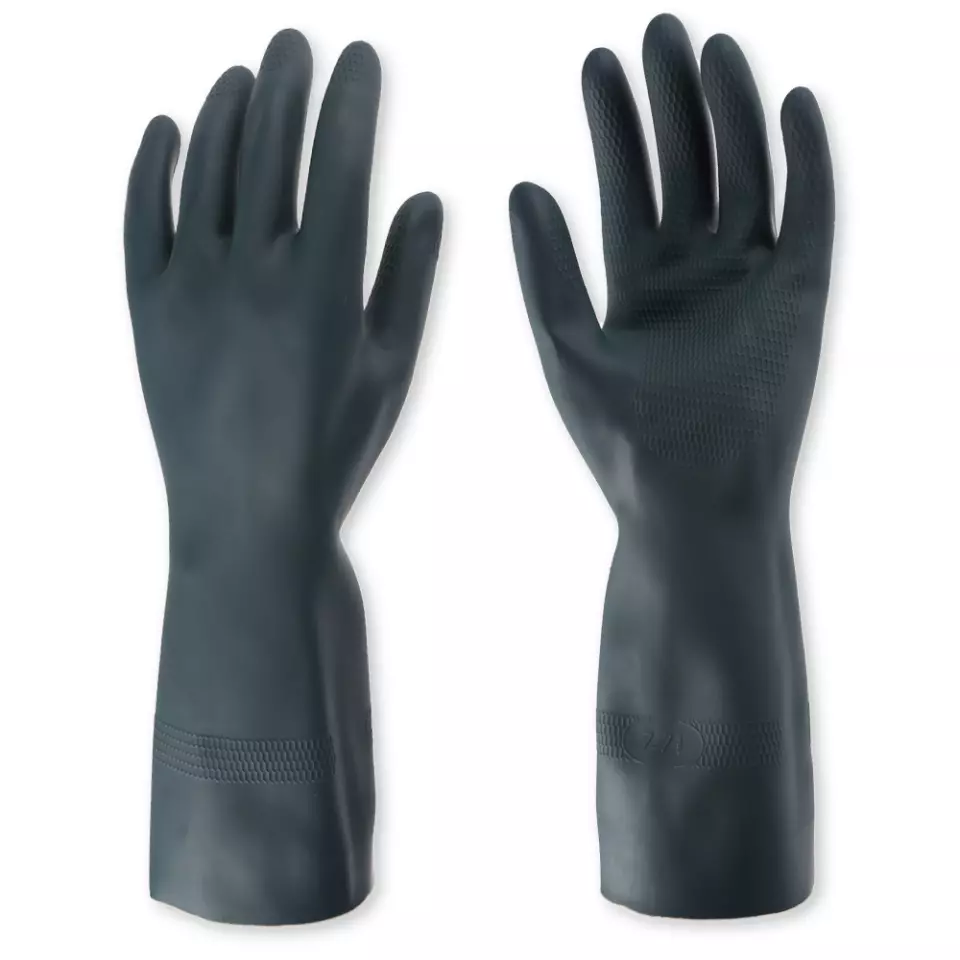

Zoom in
Features You'll Love

Cuff Style · Open
Determines how the glove secures around the wrist, affecting fit, protection from debris, and ease of putting gloves on and taking them off.
Franz Mensch
Franz Mensch logo
Antiacido Chemical Protection Latex/Neoprene Gloves, 24 pairs
Franz Mensch
Antiacido Chemical Protection Latex/Neoprene Gloves, 24 pairs
Franz Mensch logo
5 / 5
53,42 €
58,58 €
Price per 2 packages (24 pairs)
2,23 € / pair
Estimated delivery: Thu Dec 25
Choose size
Shipping fee is 7,95 € for orders under 80,00 €
Features You'll Love

Cuff Style · Open
Determines how the glove secures around the wrist, affecting fit, protection from debris, and ease of putting gloves on and taking them off.
Product description
The product description has not been specified